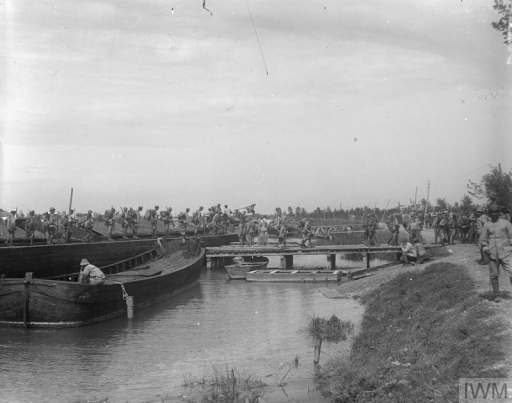What turned out to be Austria-Hungary’s last major offensive of the First World War began in Italy on 15 June 1918.
Attacks were directed at the Italians from two directions – the River Piave and the Asiago, a plateau between the foothills of the Alps and the plains of the Veneto.
Austro-Hungarian commanders sought to build on their advance to the Piave, which had followed the defeat of Italy at the Battle of Caporetto in October 1917. Cities such as Venice, Vicenza, and Verona were within potential reach.
Bolshevik Russia’s exit from the Great War made more troops available for the empire’s Italian campaign. But the impact of the June offensive was diminished by attacking on two fronts.
Reorganised
Furthermore, the demoralised Italian Army had been reorganised under a new commander, General Armando Diaz, after the disaster at Caporetto. And fearing a collapse, British and French forces had been sent to bolster their Italian ally, notably with air power.
The attack from the Asiago was contained, and although the Austro-Hungarians crossed the Piave, they were forced back in the face of determined Italian resistance after little more than a week of fighting.
The destruction of bridges and the Italians’ use of flexible defensive tactics left Emperor Karl’s armies dangerously exposed.
Casualty figures (killed, wounded or missing) range from at least 87,000 for Italy and its allies, to 118,000 on the Austro-Hungarian side.
Among the British dead on the Asiago was Captain Edward Brittain, brother of the VAD nurse and Testament of Youth author, Vera Brittain.
Following the Battle of the Piave River, Austria-Hungary would be increasingly weakened by political pressures from the many nationalities within its borders.
And in mid-July, Germany too would feel the strain as the initiative passed to the Allies on the Western Front.
Also in Centenary News:
Italian campaign photos discovered in Australia.
Sources: Wikipedia/various
Images courtesy of Imperial War Museums, © IWM Q 19081
Posted by: CN Editorial Team
